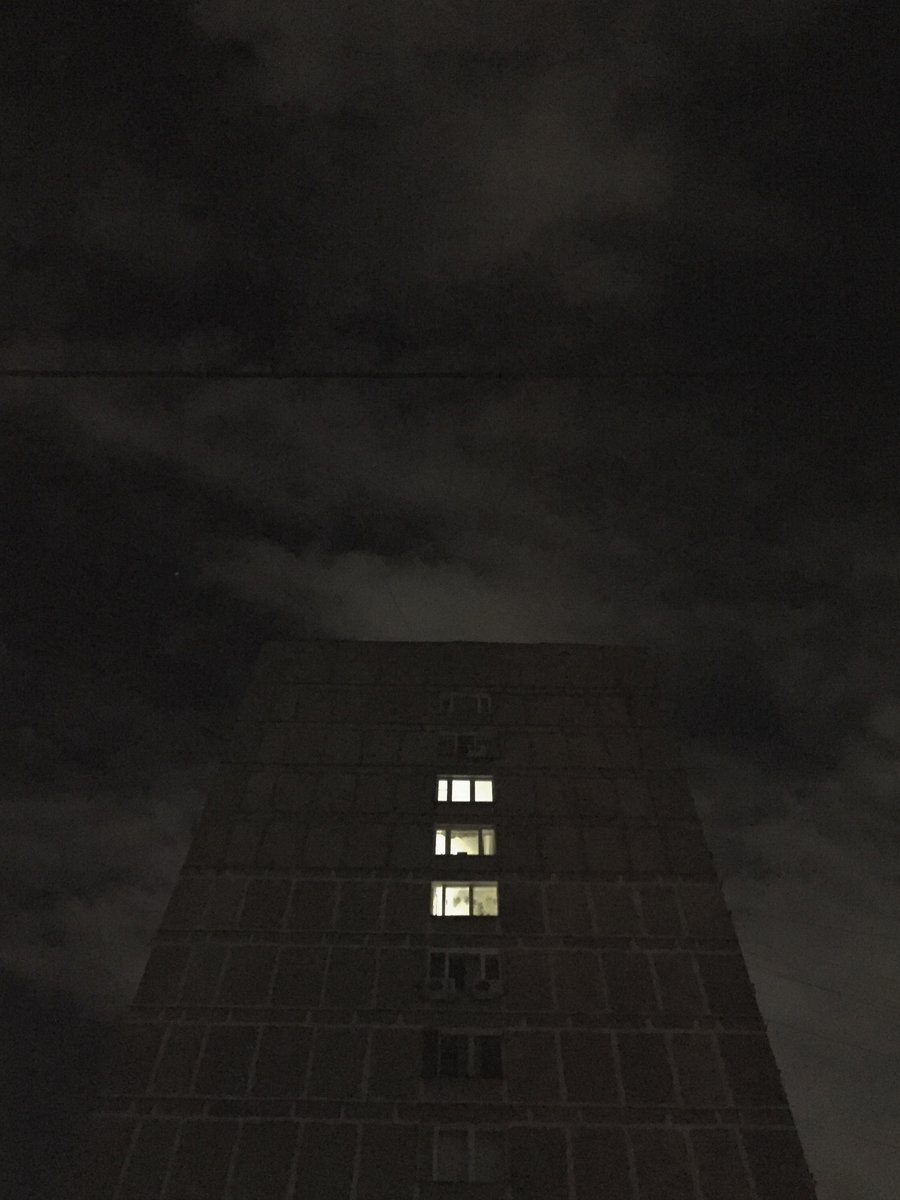Home truths: finding the intimate and personal in Moscow’s mundane housing blocks
The Russian word dom means both 'home' and 'house', or 'building'. Photographer Nastya Yakovleva’s series blurs the border between the two meanings and finds the intimate and the personal in the seemingly plain and uniform architecture of Moscow suburbs.

This article was produced as part of Russia Z’s Open Call scheme, which supports emerging writers, photograms and creatives from Russia.
Click here for more information or to submit an idea for a project for consideration.
Click here for more information or to submit an idea for a project for consideration.
Born and raised in Moscow, photographer Nastya Yakovleva has always been in love with the Russian capital’s eclectic architecture, including its less celebrated neighbourhoods. “I would take trips to the outskirts of the city just to look at these buildings, even before I started taking photos,” she recalls. “I simply love that you can go to such different places and it will be almost the same, but never quite the same.”
Yakovleva brings a fresh perspective to the much explored subject of New East pre-fab architecture, although she says that she never set out to make statements about the buildings themselves. “I think the feeling of nostalgia and the bittersweet associations with childhood are common for everyone,” she reflects. “I know this topic [of New East architecture] is very trendy now, but for me it was really my own discovery. Every shot is a stroke of luck for me. I don’t plan my projects, but I find common threads in my work later.”
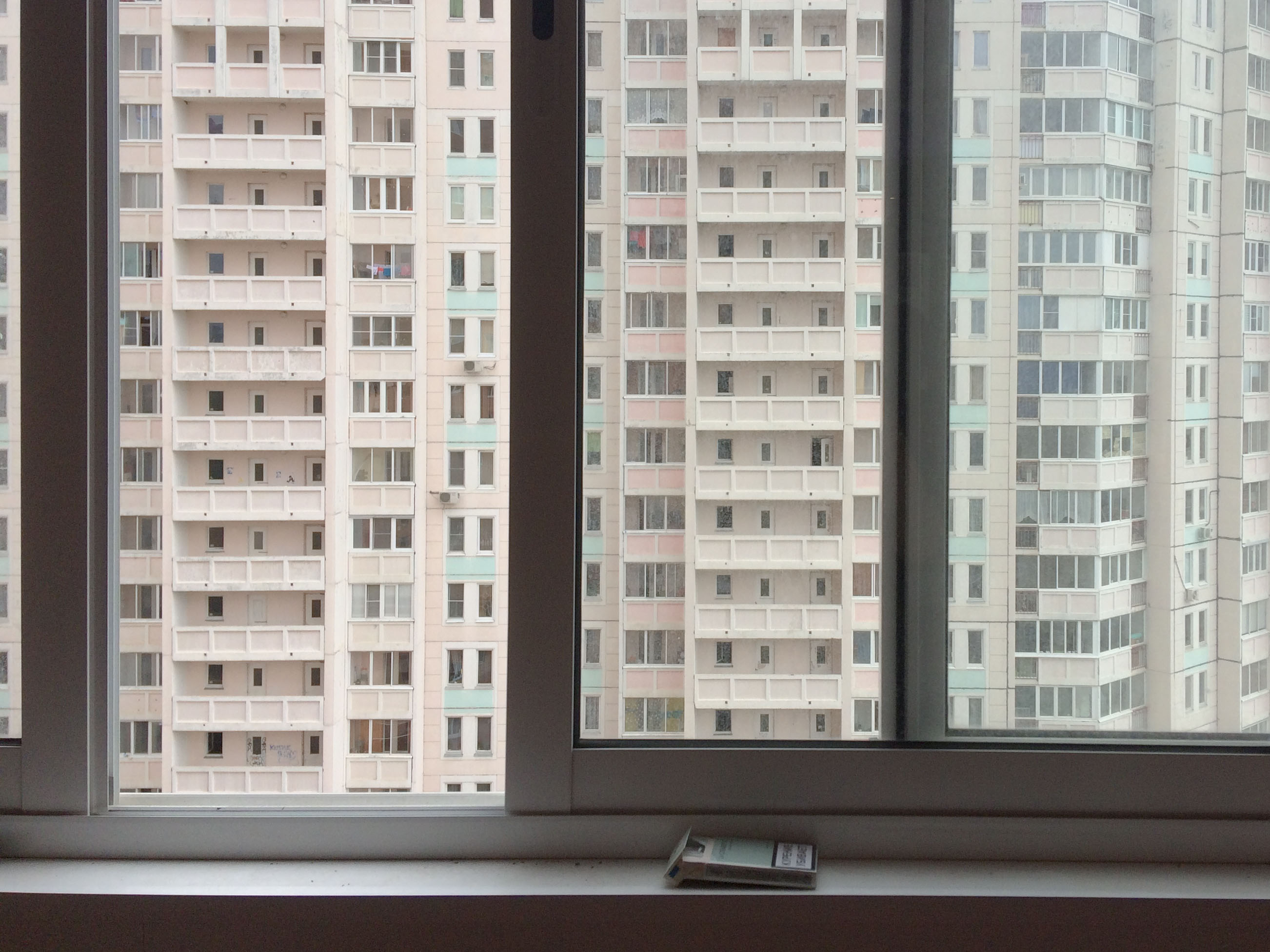

This intuitive approach started as a protest against the rigidity of some professors she had encountered at VGIK—a well-respected Moscow film school, where Yakovleva studied cinematography. “We had this professor who always rolled his eyes and asked, ‘So, what did you take this picture for?’ He would really trash our works,” the photographer remembers. “This question, what for, still haunts me every time I take up the camera.”
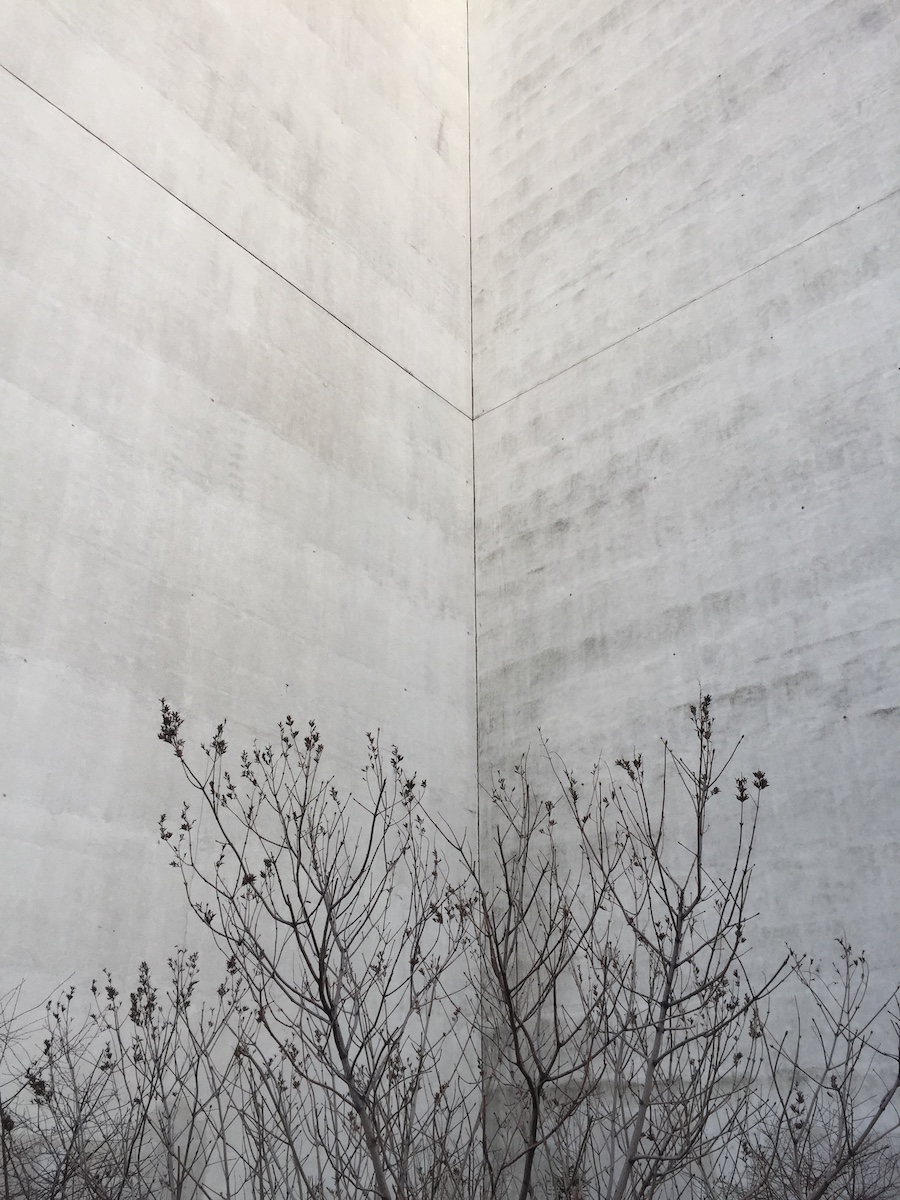
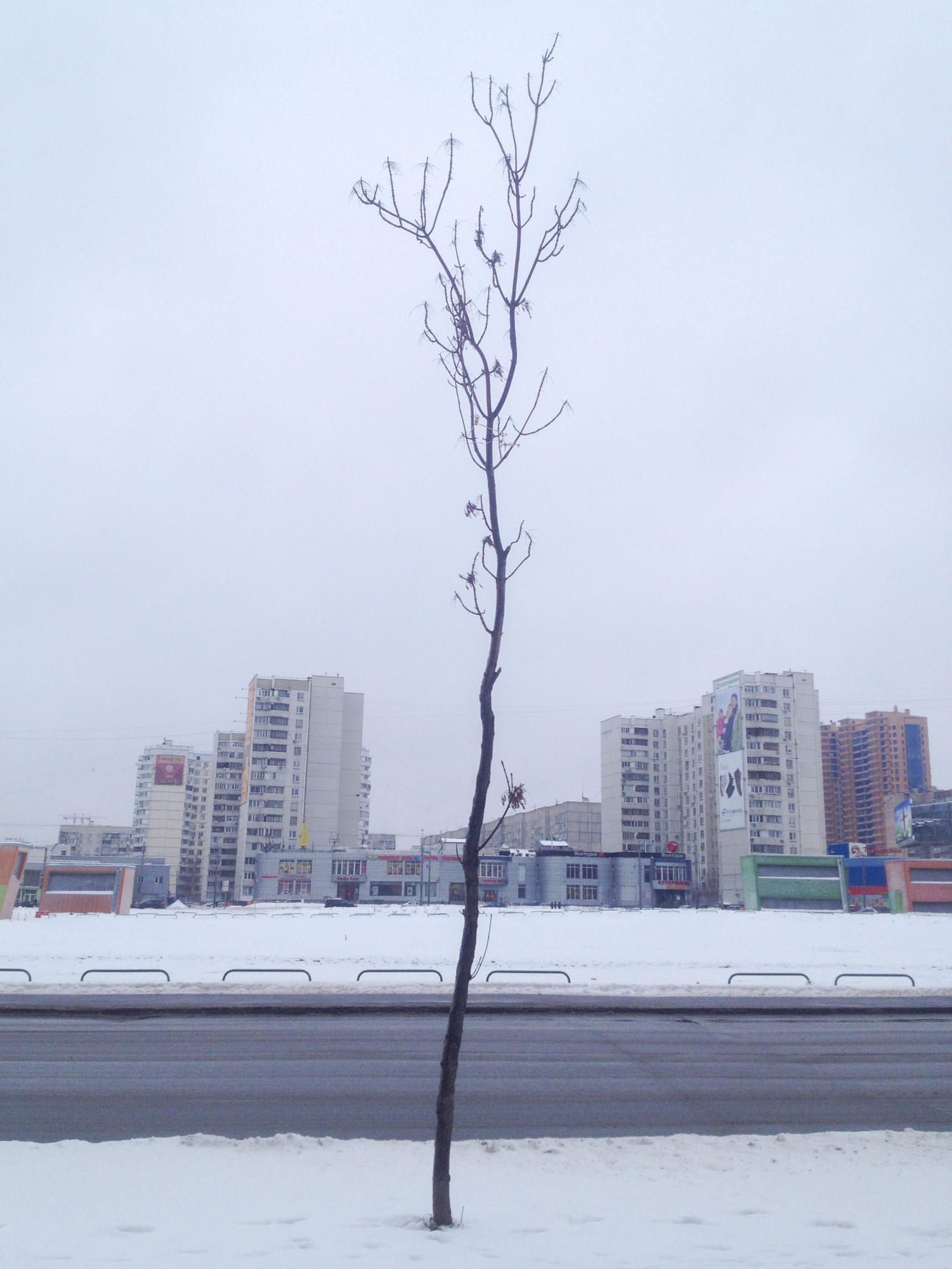
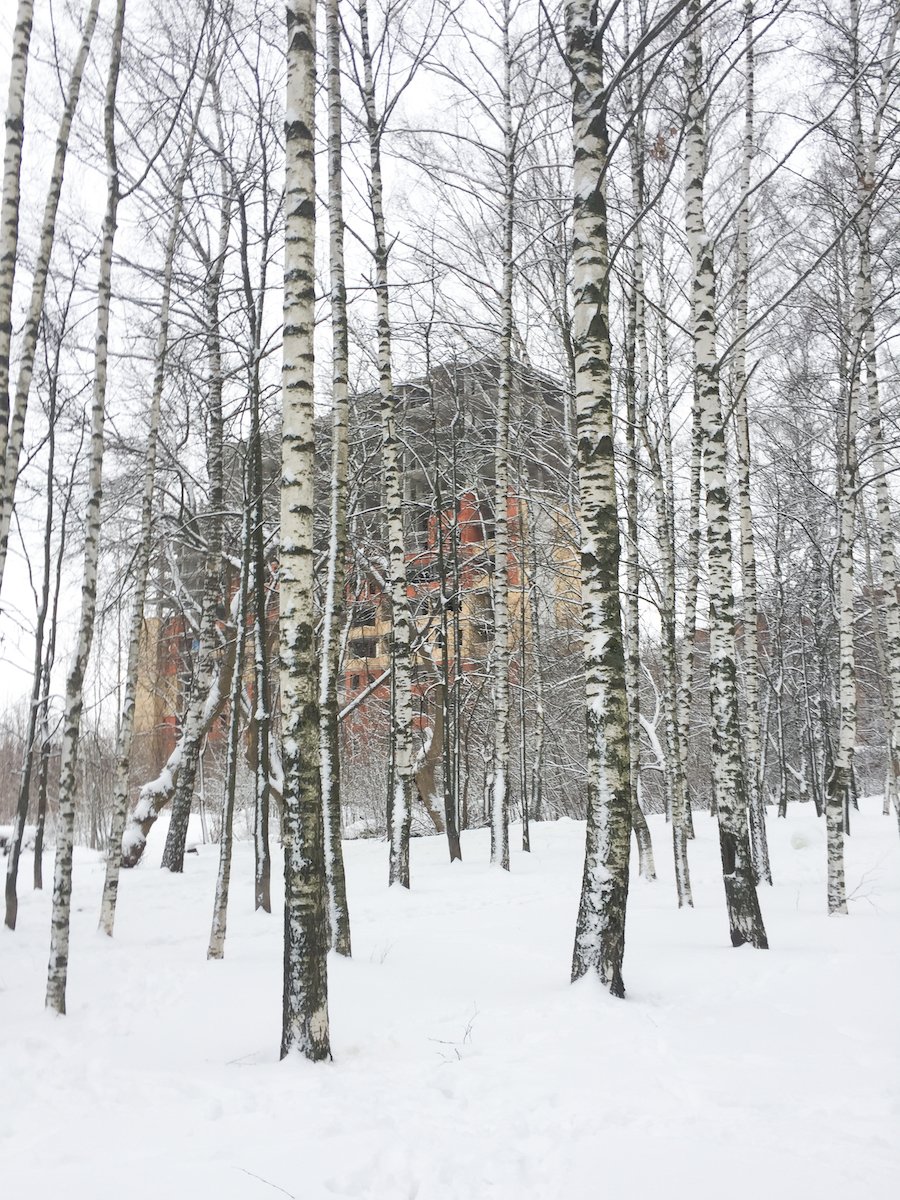
Yakovleva solves this problem by using her smartphone for her non-commercial projects, subconsciously giving herself the freedom to break rules and take photos she knows that her teachers would have considered “wrong”. “I like the exact opposite of what I was taught. I like flat shots, centred composition, empty spaces, the absence of people,” she says.
Throughout the series, just one person makes it into the frame: Yakovleva’s grandfather. “He was my guide into this world, so it made sense to include a photo of him,” she explains. “He worked in construction and when I was little, he used to tell me the history of buildings, pointing out all the differences and details… Of course, I don’t remember much now. But the fascination stayed with me.”
The rest of the project mixes exterior and interior shots. The identical layouts and similar, often outdated. Interiors captivate the photographer as much as exteriors, if not more so. “It’s incredible how different and alike our homes can be at the same time,” Yakovleva says. “The very thought that so many people live in, essentially, the same flats, is so intriguing to me.”

